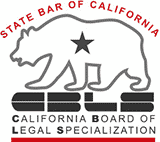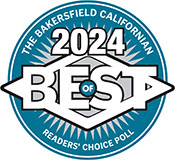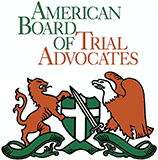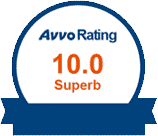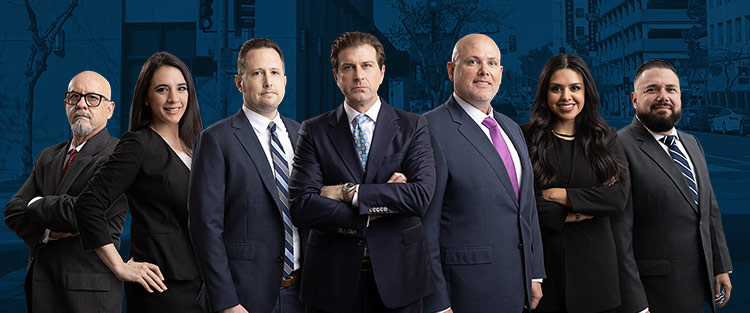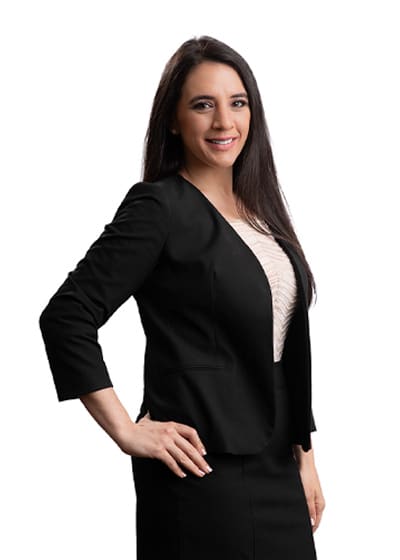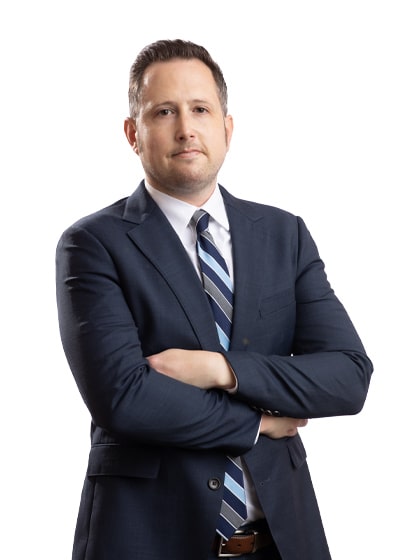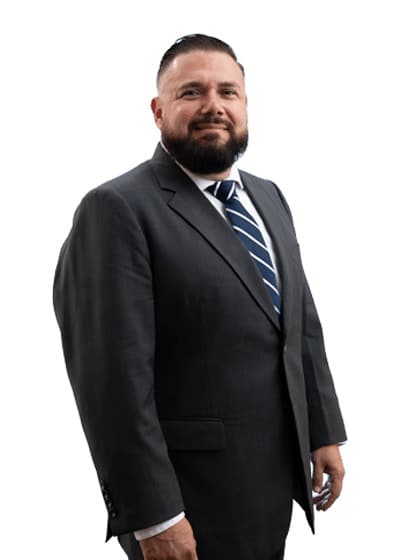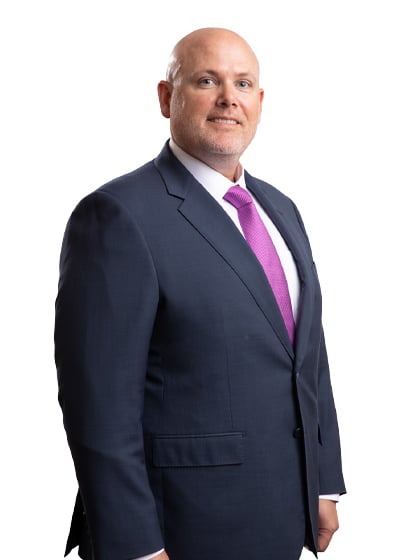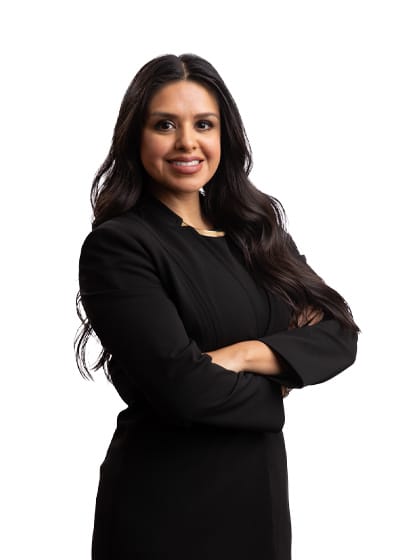Hire a Bakersfield Injury Attorney You Can Trust
CHAIN | COHN | CLARK is Kern County’s leading accident, injury, and workers’ compensation law firm. Our attorneys have represented injured clients from all over the Central Valley and throughout California since 1934.
We believe firmly that providing personal attention to our clients is one of the most important things that we do. You will personally know the lawyer who will be handling your case, from your first meeting until your case is resolved, and you’ll receive ongoing communication and personal care from our entire office. This dedication to personal service is one of the things that makes us unique in our legal world, and we promise to give this personal attention to you.
Kern County Local
Chain | Cohn | Clark
1731 Chester Ave., Suite 100
Bakersfield, CA 93301-5220
Unlike most other personal injury and workers’ compensation law firms—and especially unlike out-of-town lawyers who go through great lengths to appear as local—our attorneys provide personal care in our clients’ cases.
More About Us“I just feel honestly from their heart they are truly there for you.”
We Get Results
We have obtained more multi-million dollar personal injury case results on behalf of our clients than any other law firm in Kern County. View the cases we’re currently working on and our case results.
Legal Minute
Watch our 60-second informational videos featured on the local news to learn tips to protect yourself and your family.
Current Cases
The lawyers at Chain | Cohn | Clark are involved in some of the most significant cases in the Central Valley. See a few of our active cases.
$22.1
million
Pedestrian Accident
$15
million
Products Liability Explosion
$11
million
Auto Accident
$10
million
Oilfield Accident
$10
million
Motorcycle Accident
$9
million
Industrial Accident
$8.8
million
Police Misconduct
$8
million
Pedestrian Accident
Why Choose Us?
As Kern County’s leading accident, injury, and workers’ compensation firm, insurance companies and defense attorneys know who we are. When you work with us, you get the advantages only a local tried-and-true law firm can provide.
A Winning History—An Excellent Team
Founded in 1934 by Morris B. Chain in Bakersfield, his law firm quickly established itself as a formidable advocate for the underdog, evolving into Chain | Cohn | Clark, Kern County’s premier law firm today. The firm’s legacy endures with a team of local, diverse attorneys specializing in personal injury and workers’ compensation, distinguished by extensive trial experience and a commitment to winning for clients. They’re experts on your side, in your town.
Meet Our Team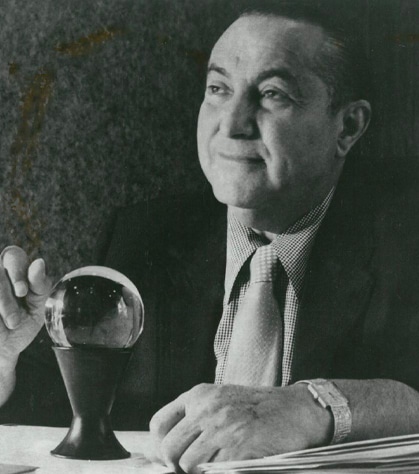
Contact Us Today
for your free case evaluation
Fill out the simple form below and we’ll contact you about your case right away.
A Law Firm
That Cares For You.
“I was treated professionally and with respect. Mr. Clark was genuinely concerned about my injuries, treatment and health after my car accident. I highly recommend Chain Cohn Clark for all of your legal needs.”
Jesus G.


